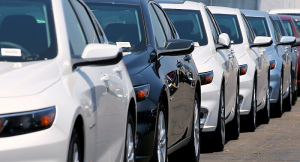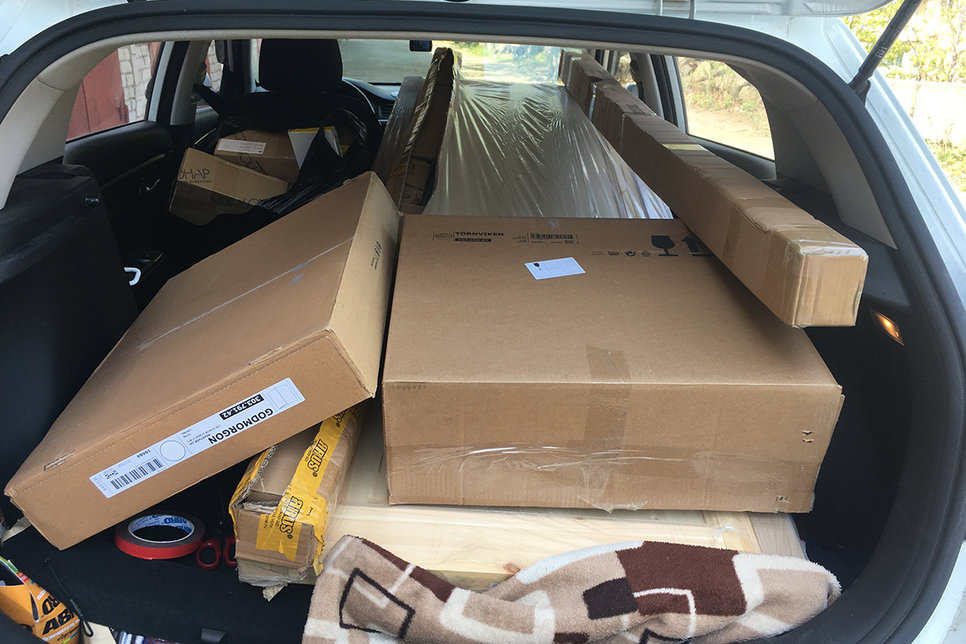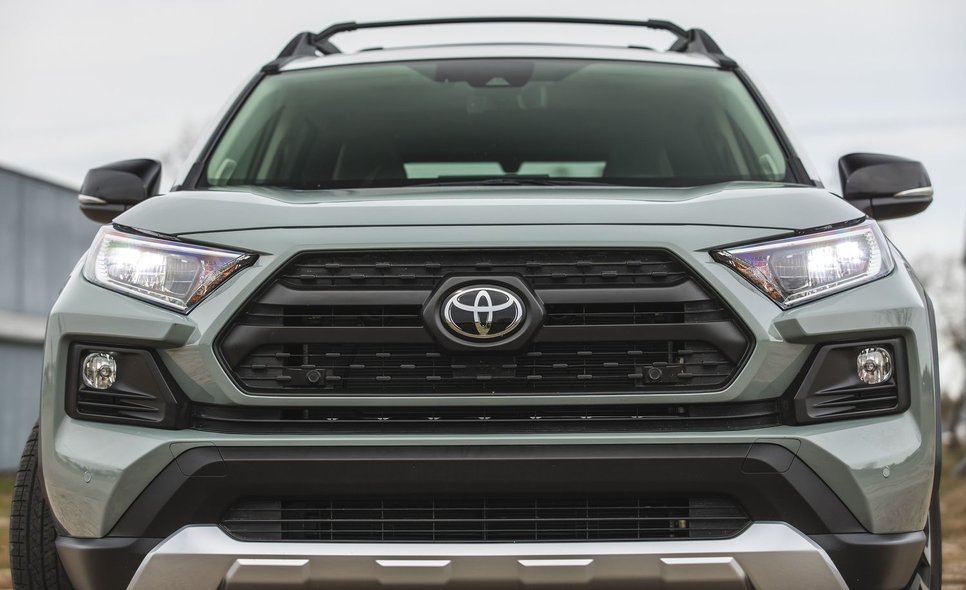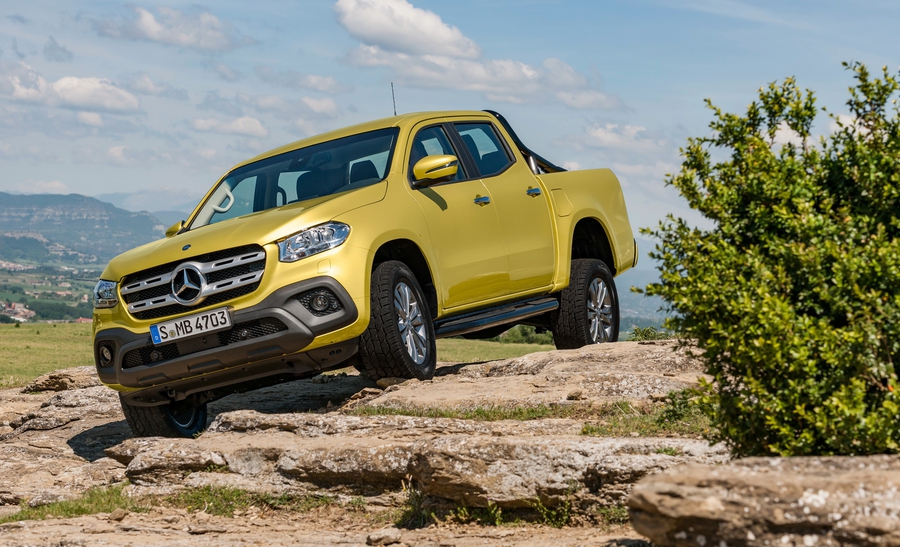How much does the car lose in price with age
 Any car in the course of operation tends to lose its price, and this indicator will differ significantly for different cars. Choosing a new car, we often do not think about how much later we will be able to sell a car 3-5 years after its start. How much will the car lose on aging, and how to reduce such costs from car owners.
Any car in the course of operation tends to lose its price, and this indicator will differ significantly for different cars. Choosing a new car, we often do not think about how much later we will be able to sell a car 3-5 years after its start. How much will the car lose on aging, and how to reduce such costs from car owners.
In the past, most car owners bought cars with new ones, and later used them for dozens of years. Whereas today, many cars are bought new in the cabin and operated 4-5 years. Car costs for such aging will vary significantly. Someone manages to sell a five-year-old car at a price of 50-60% of the original, and some cannot bail out a new car for their car and a third of its value at the car dealership.
In many ways, such a loss of car value depends on its technical condition, specific brand and model. For example, it was noticed that cars from the big German trio quickly lose their value, and in 5 years it will be impossible to get 50% of the initial price for such cars. But the ultra-reliable Japanese hatchbacks, station wagons and sedans perfectly retain their value, which later in changing the car reduces the cost of car owners.
How much does the car lose in price?
Studies have shown that in the first three years of operation of the car, the loss of value will be approximately 15-40%. Accordingly, the car, which was originally new in the cabin cost 600,000 rubles, will lose about 50,000 rubles each year. If you translate such a loss of value into gasoline, then this is comparable to a mileage of 20-30 thousand kilometers per year. Rapid loss of value is noted precisely in the first few years of operation of the car. Even a new car, which just a few weeks ago left the salon, will have a cost that is 15-20% lower than the original price. At the same time, according to its technical condition, such a car will not differ from the new one.
Factors affecting the loss of value
Various factors have an impact on the loss rates of a car of its price. First of all, this is the manufacturer’s pricing policy. Today, most automakers quickly change their model range, so literally 3-4 years after buying a new car, the next generation will be released, after which the past generation immediately loses automatically 15-20% of its value.
Also the most important factor, which will depend on the cost of a used car and the speed of losing its value, is the reputation of a particular model. In the past, the reliability of cars was much better than the cars that are produced in the past 10 years. Accordingly, such cars retained their value better, whereas today it is not uncommon for a situation when for a three-year-old car about half of its original price is requested precisely because of a mediocre technical condition.
The example of Toyota and other brands from Japan is indicative. Cars of this manufacturer are considered extremely reliable and durable in operation. Accordingly, even ten-year-old cars from this Japanese brand can cost 40-60% of their initial price. But cheap Chinese and Korean brands can not boast of such a build quality, and in five years the car can hardly get even 30-40% of its original price.
The demand and popularity of a particular car in the used car market will also affect its value. For example, rare and unclaimed cars will be valued much worse, due to the difficulty with the repair and search for spare parts. But common cars, like Volkswagen, Audi or Japanese brands are massively represented on the market, so there are no difficulties with their service, search for workshops and spare parts, respectively, such cars will be better appreciated in the secondary market.
The price of a used car will also depend on the operating costs of a particular car. The higher such costs, the sooner the car loses its price. These operating costs include not only the costs of service and repairs, but also related payments, such as transport tax. In Russia, where owners of powerful cars must pay transport tax at a high rate, the demand for such cars will not be too high, so they lose their price more quickly.
How to choose a car?
Choosing a new foreign car, many potential car owners pay attention primarily to German cars, mistakenly believing that later such a car will be appreciated even in the secondary market, there will not be any difficulties with selling it, and you can get a good amount for a car. losing at least during its operation.


